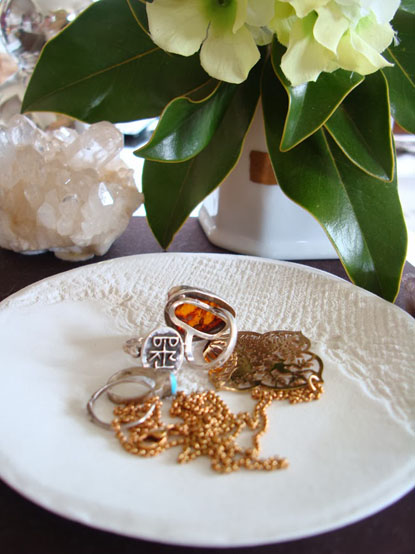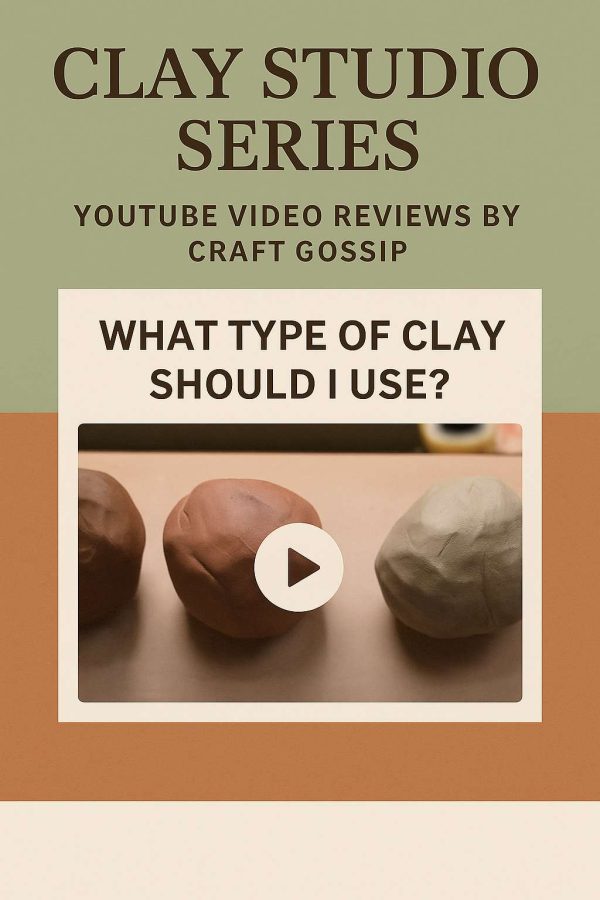
Dimitra posted a cute take on a trinket dish tutorial on Zina’s EfZinCreation’s. The best thing about making this sort of item from polymer clay is how quick and easy it is to customize or personalize your dish. Depending on the decor or who the dish is for, you can vary the material you use to texture the dish, the clay colour or even what surface decoration you do to your textured piece. Having made pottery with a kiln (which I enjoy for it’s own merits) the instant gratification facet of polymer clay, particularly for small items, is not to be ignored!
Photo by Dimitra from Decor Asylum

Thank you so much for sharing my tutorial!
Thanks for writing great stuff!